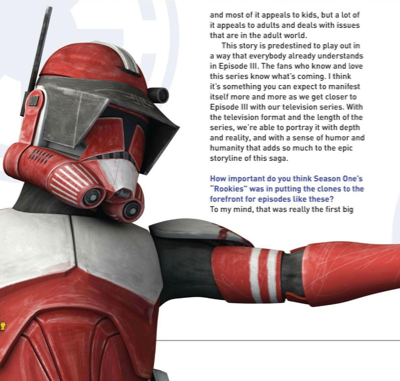

Clearly this task is no longer relevant in a unified Germany and under the new NATO strategy of greater flexibility and mobility. Under the previous strategy, it had important roles defending positions close to the previous West German border in support of the substantial British stationed forces. These were justified by the then Secretary of State for Defence on the basis of a perceived "need to adapt roles to support and complement the new roles of the regular army. The ‘peace dividend’ review of the Armed Forces (‘Options for Change’) which followed the end of the Cold War saw substantial changes to the Royal Yeomanry's role, equipment and establishment. Each squadron had an establishment (maximum number of personnel) of around 120, operated 30 armoured vehicles and around 15 soft-skinned vehicles and was supported by a team of 11 regular army instructors and five local civilian staff. The Royal Yeomanry was equipped with armoured cars, first Saladin, Saracen and Ferret, then Fox, Spartan and Sultan. In addition it trained to perform the full range of medium armoured reconnaissance tasks for general war. Its primary task was to operate as a mobile force to protect the massive, widespread logistic assets of the Corps, and certain key bridges against covert attacks and airborne descents by Soviet special forces. The Royal Yeomanry's role during the Cold War was medium armoured reconnaissance. The Queen's Own Yeomanry was given the same NATO role as the Royal Yeomanry, while the other two were Home Defence light reconnaissance.

In 1971, three new RAC Yeomanry regiments (the Queen's Own Yeomanry, the Mercian Yeomanry and the Wessex Yeomanry) were raised and the Royal Yeomanry's name was shortened to its current one the opportunity to give it a more distinctive name was missed. For four years, it was the only Royal Armoured Corps yeomanry reserve regiment: hence its generic name. The Royal Yeomanry Regiment (Volunteers) was in TAVR II. The Royal Yeomanry Regiment (Volunteers) was raised on 1 April 1967, after the Territorial Army was disbanded the previous day under the Reserve Forces Act 1966 and replaced by a newly constituted organisation, the TAVR (Territorial and Army Volunteer Reserve).


 0 kommentar(er)
0 kommentar(er)
